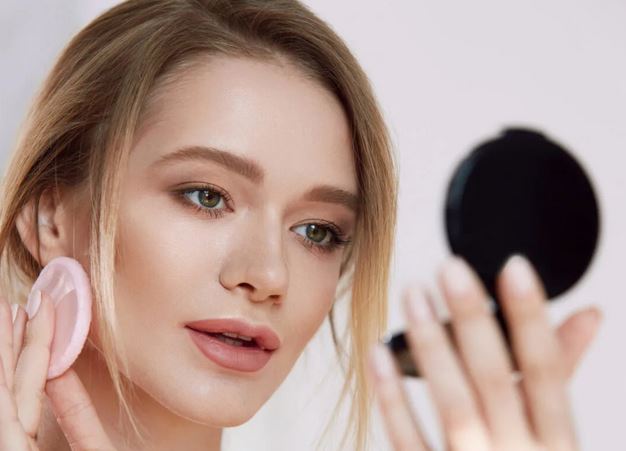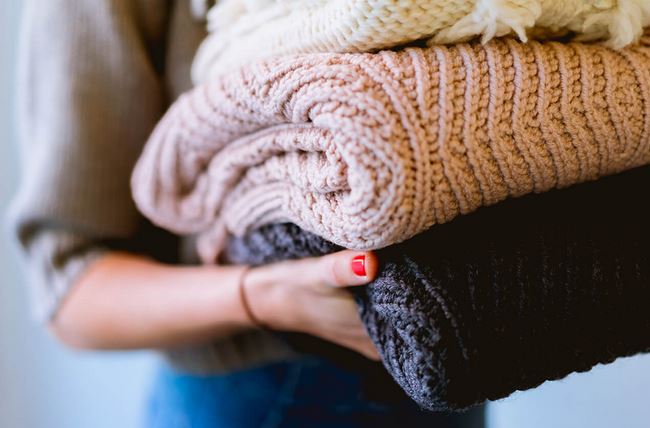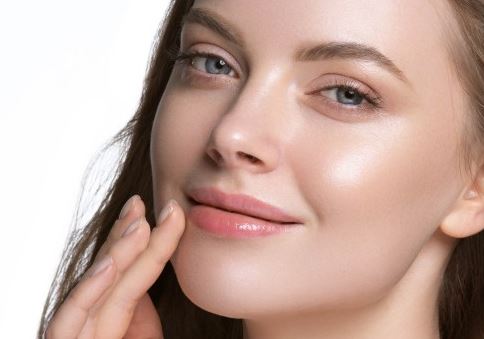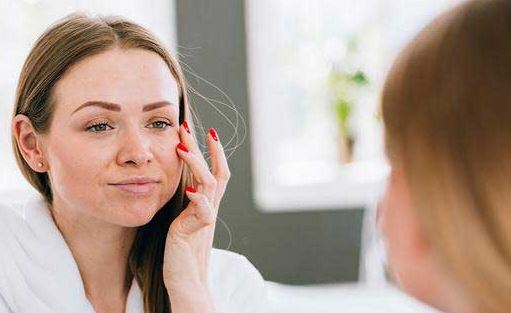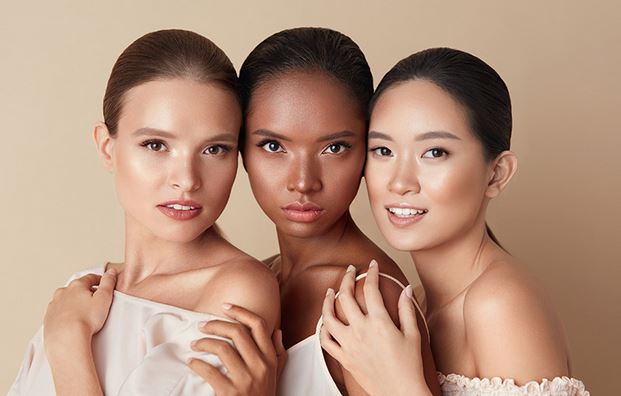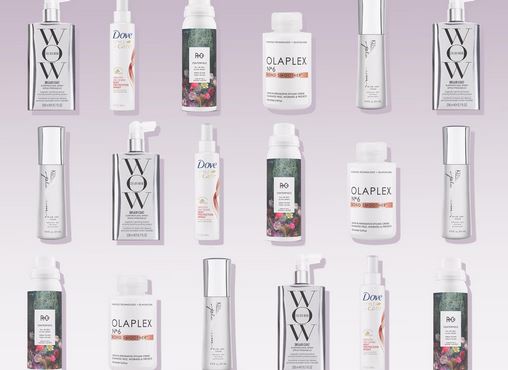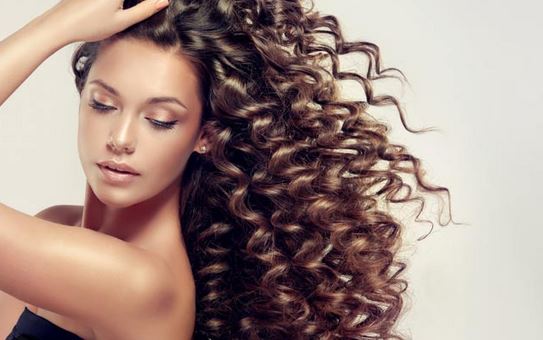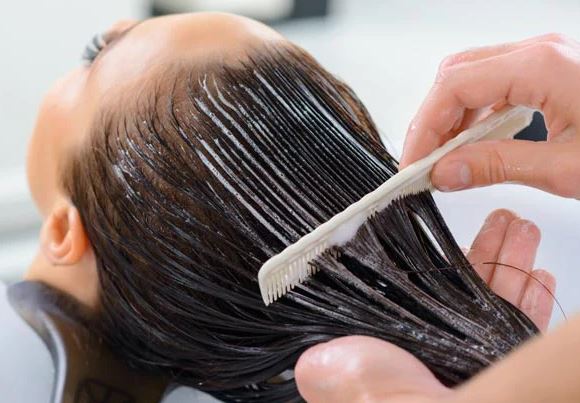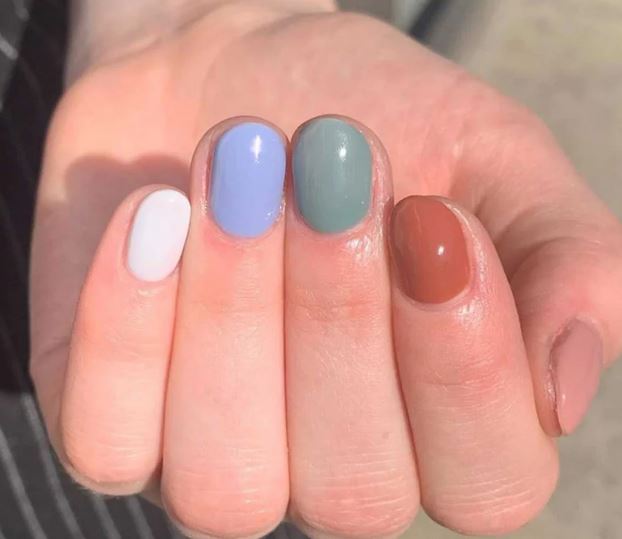There's nothing more frustrating than spending time perfecting your makeup, only to have it smudge, transfer, or fade throughout the day. Makeup transfer can occur when your makeup products adhere to other surfaces, such as your clothes, phone, or even other areas of your face. To ensure your makeup stays flawless and in place, it's essential to take preventive measures. By understanding the science behind makeup transfer and implementing effective tips, you can maintain a long-lasting and transfer-free makeup look. In this article, we will explore the science behind makeup transfer, provide key considerations for preventing it, and answer common questions to help you keep your makeup intact.
The Science Behind Anti-Aging Makeup
Makeup transfer is influenced by various factors, including product formulation, skin type, and environmental conditions. Understanding the science behind makeup transfer will help you implement preventive measures to keep your makeup intact. Let's delve into the science behind makeup transfer:
Product Formulation
The formulation of makeup products plays a significant role in their transferability. Certain ingredients, such as oils and emollients, can make products more prone to transferring. Waterproof or long-wearing formulations are designed to resist transfer and offer better staying power. Additionally, setting powders and sprays can help lock makeup in place and minimize transfer.
Skin Type
Different skin types can affect makeup transfer. Oily skin tends to produce more sebum, which can break down makeup and make it more likely to transfer. Dry skin, on the other hand, can cause makeup to cling to dry patches and potentially transfer when it comes into contact with other surfaces. Understanding your skin type and implementing suitable skincare and makeup routines can help minimize transfer.
Environmental Factors
Environmental factors, such as humidity, temperature, and physical activity, can contribute to makeup transfer. Humid conditions can cause makeup to melt or slide off the skin, while high temperatures can lead to sweat, which can mix with makeup and cause it to transfer. Physical activity, like rubbing or touching your face, can also disrupt the integrity of your makeup and cause transfer.
Tips for Preventing Makeup Transfer
-
Primer: Start with a primer specifically designed to create a smooth base and extend the longevity of your makeup. Primers help minimize oiliness, fill in pores, and create a barrier between your skin and makeup, reducing the chances of transfer.
-
Foundation and Concealer: Opt for long-wearing and transfer-resistant foundation and concealer formulas. Look for products that are oil-free and have a matte or satin finish to minimize the chances of transfer. Set your foundation and concealer with a light dusting of setting powder.
-
Eye Makeup: Use an eyeshadow primer to ensure your eye makeup stays in place. Additionally, choose waterproof or long-wearing formulas for eyeliner and mascara to prevent smudging and transfer onto the eyelids.
-
Lip Products: For transfer-resistant lips, choose long-wearing and matte formulas. Apply lip liner all over your lips as a base, then apply your lipstick or lip stain. Blot and reapply layers to build up the intensity, and finish with a touch of setting powder to lock the color in place.
-
Setting Spray: Finish your makeup application with a setting spray to seal everything in place. Setting sprays create a protective barrier and help prevent makeup from transferring throughout the day. Look for a setting spray that is specifically formulated to resist transfer.
-
Avoid Touching: Minimize touching or rubbing your face throughout the day. Touching your face can disrupt the makeup and cause it to transfer onto other surfaces.
FAQ's
-
Why does my foundation transfer onto my clothes?
Foundation can transfer onto clothes due to factors such as product formulation, skin type, and friction. Oily skin, certain ingredients in the foundation, or rubbing against clothing can increase the chances of transfer. Using a primer, setting powder, and setting spray can help minimize transfer.
-
How can I prevent my eyeshadow from creasing and transferring?
Use an eyeshadow primer before applying eyeshadow to create a smooth base and enhance longevity. Choose long-wearing and waterproof formulas for eyeshadow, eyeliner, and mascara. Setting your eye makeup with a translucent powder can also help prevent creasing and transfer.
-
Can I prevent lipstick transfer onto cups or glasses?
Yes, you can minimize lipstick transfer by opting for long-wearing and matte formulas. Applying lip liner all over your lips as a base, blotting excess product, and setting with a touch of setting powder can also help lock the color in place and reduce transfer.
-
How do I touch up my makeup without causing more transfer?
When touching up your makeup, use a light hand and focus on areas that need attention. Gently pat or press the product onto the skin instead of rubbing. Avoid applying too many layers, as it can increase the chances of transfer.
-
Can setting powders prevent all types of makeup transfer?
Setting powders help minimize makeup transfer by absorbing excess oils and creating a matte finish. However, they may not completely prevent transfer, especially in humid or sweaty conditions. Combining setting powder with other preventive measures, such as primers and setting sprays, can provide better results.
Conclusion
Preventing makeup transfer requires a combination of product selection, application techniques, and environmental considerations. By understanding the science behind makeup transfer and implementing effective tips, you can enjoy a long-lasting and transfer-free makeup look. From using primers and long-wearing formulas to avoiding excessive touching, these preventive measures will help you maintain your flawless makeup throughout the day.
|
